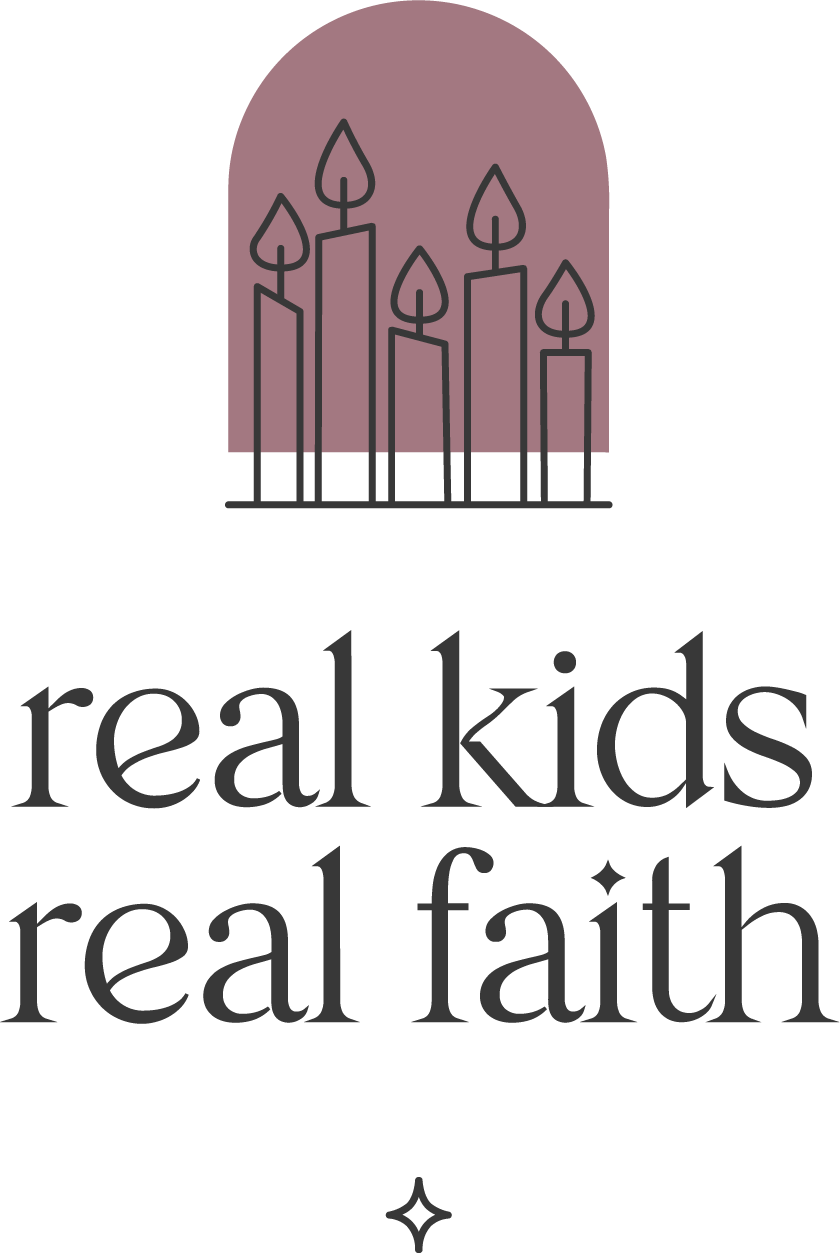As preschoolers, my children loved the ‘books’ their teachers created for them to use. They were simple constructions: a construction paper cover stapled to several full-sheet pages that had a big blank box filling the top two-thirds of the page and 3-4 well-spaced lines in the bottom third. At least once a week, they would get to tell a story about themselves by drawing on one of the pages. By the end of the school year, their book was filled with pictures and their first attempts at writing.
Writing about your thoughts and feelings is a common spiritual practice. Many adults find such personal reflection a helpful way to understand themselves, reflect on experiences, work through difficult situations, and/or dream about the future. Children can also benefit from journaling, provided that they are introduced to the idea as a reflective practice for themselves rather than as something others will assess and judge.
With young children, much of their written communication occurs through pictures rather than words. They need a journal with lots of space for drawing. Select a large spiral-bound book with blank pages that lie flat or create a homemade version by stapling together several sheets of printer paper. A family-sized journal might even consist of a large pad of newsprint turned sideways, making space for multiple people to draw on the same page.
Once they have a journal, preschoolers also need a prompt to help them focus their reflective drawing. You might read a story together and then ask them to imagine how they might feel if they had a similar experience to the book’s characters. For example, if you read a story about bedtime fears, you might ask, “How do you feel when you are in bed at night?” or “What do you find scary about bedtime?” Encourage them to draw their response on a page in their journal and then invite them to tell you the story of their picture.
Asking young children to look in a mirror and draw a picture of how they are feeling is another kind of prompt you might use. Suggest that they focus on their face and what it tells them about their feelings. Encourage them to try out different expressions until they see one that feels ‘right’ to them. Then invite them to replicate that expression on a journal page.
You might also decide on a general prompt together and use it repeatedly. It could be something like “The feeling I felt the most today was _____” or “Something new I learned about myself today is _____” or “What I most want to remember from today is_____.” You might write this prompt on the cover of their journal and read it aloud each time they use it.
Not all journal expressions need to be representational. Suggest that children use different colors and shapes to communicate their thoughts and feelings. For example, if they are feeling picked on, they might draw a bunch of dots all over the page to express that emotion. Feelings of happiness might be expressed with broad strokes of yellow or blue squiggles. Struggling with something might look like a square and a triangle colliding. Encourage kids to listen to whatever ideas pop into their heads as they express themselves on paper.

Comments